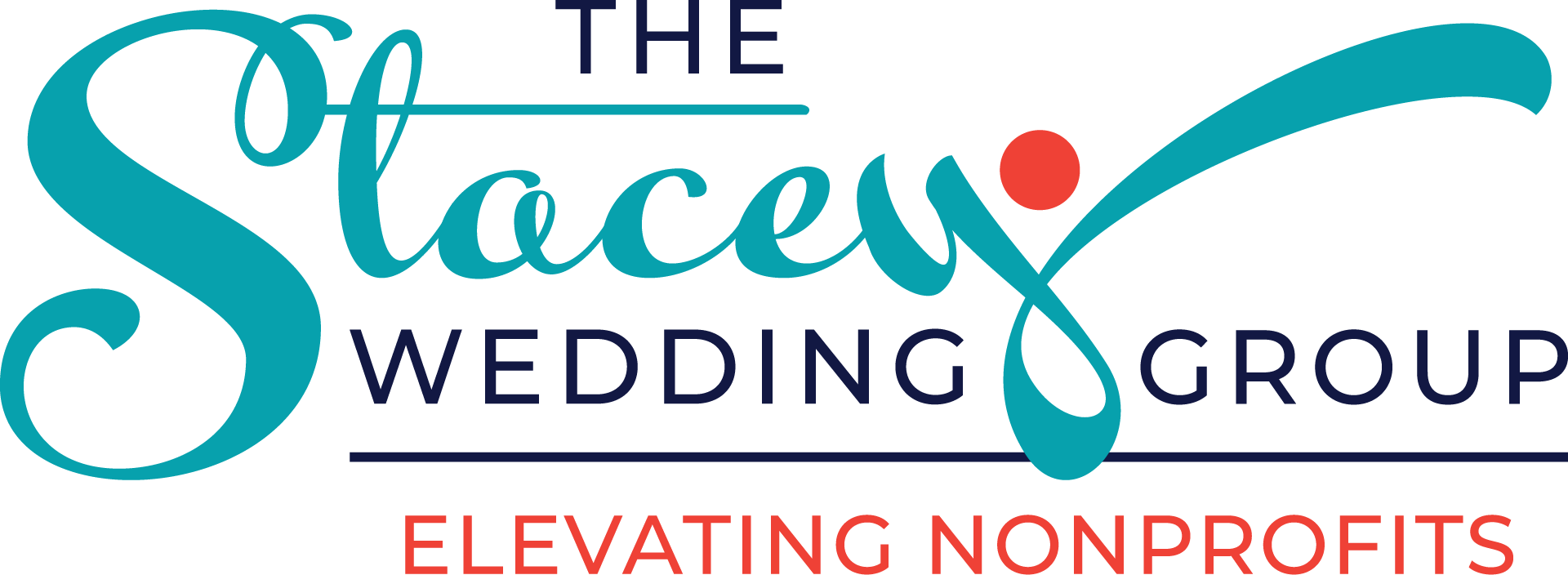Yes, we said it. Forget your New Year’s resolutions. Whew! Do you feel better? We sure do. Seriously, though, we can all probably relate to setting a few really lofty resolutions or perhaps a long, never-ending list of things we want to accomplish this year. The reality is that these often don’t last nor do they become the life-long habits we want them to be because we haven’t done the most important part—created the plan to make them happen.
PiP enjoys working with our nonprofit clients on creating strategic plans, and we have found there is a similar process in our own personal action plans. Below are some friendly pointers to help you transform those lofty resolutions into an actionable plan:
- Start with the end in mind. What do you see for yourself by next year at this time? Do you want a more fulfilling job? To complete that home renovation project? To spend more time with your friends and family? There is no idea too big or small, and clarity about what you want is key to your success. You’ll also want to keep your goal top of mind. Just like our clients who we ask to consider how they will keep their strategic plan alive (and not living on a bookshelf!), ask yourself the same thing. Consider creating a vision board, or write down your end goal and post somewhere you will see regularly.
- Make it SMART. One other tip when setting your goal—make it specific, measurable, actionable, relevant and time-based. SMART goals are great for all goal setting—not just business! No more general, broad goals like, “I want to be thinner.” Instead, go a bit deeper with something like, “I want to lose 20 pounds and 2 pants sizes by December 2019.” Ask yourself, is this specific enough for me to measure it? Is this something I can take action on? Is this something important (relevant) to me that supports my core values? Is there a deadline or timeline to reach this?
- Consider and plan for potential obstacles. Life is full of surprises, and sometimes we run into roadblocks or “interesting” developments that may set us back a bit. First, acknowledge this is bound to happen and think about what you can do to still stay committed to your original intention. For example, if family or work drama tends to get you sidetracked, how can you set healthy boundaries and communicate those? If you are the queen or king of self-sabotage, who can support you in re-framing that negative self-talk and getting yourself “unstuck”? Sometimes creating the list of potential roadblocks and how we will handle them if they arise is all we need to put our mind at ease. Whatever faces you, you’ve got this.
- Break it down. One big goal can feel overwhelming. Think about how to break it down into micro-tasks and actions. Consider your first 30 days. How much closer will you be to your goal at the end of those 30 days? What will have happened? What will you have done? After that, consider what 2-3 small tasks you can do each week, and write those in your calendar. Keeping with the weight loss example above, it could be as simple as doing online research of gym memberships on one day, visiting potential gyms on another day, and then signing up for a gym membership on yet another day. Chip away, make progress, and before you know it…voila! A year will have passed, and you will have met your goal or at least come pretty close.
In the words of our friend and colleague Kelly Travis, “Transformation begins by first understanding where the work needs to happen and then taking small steps, not gigantic leaps, to begin to make a shift.”
Here’s to your best year yet!
